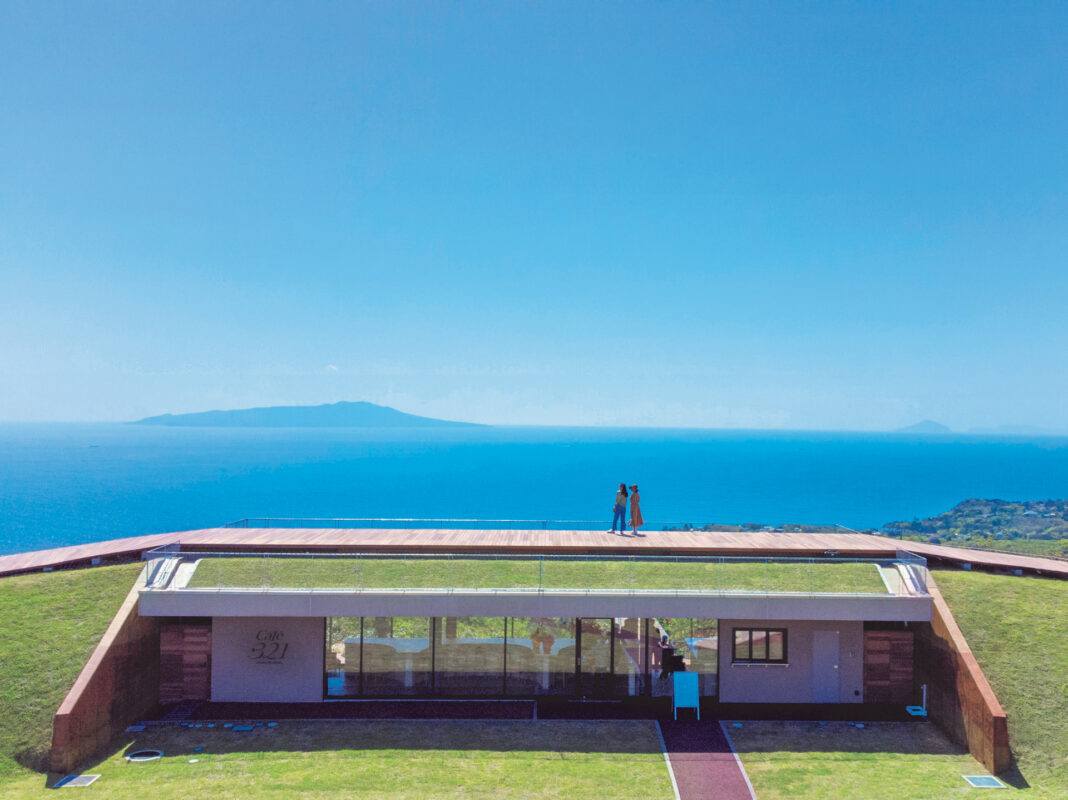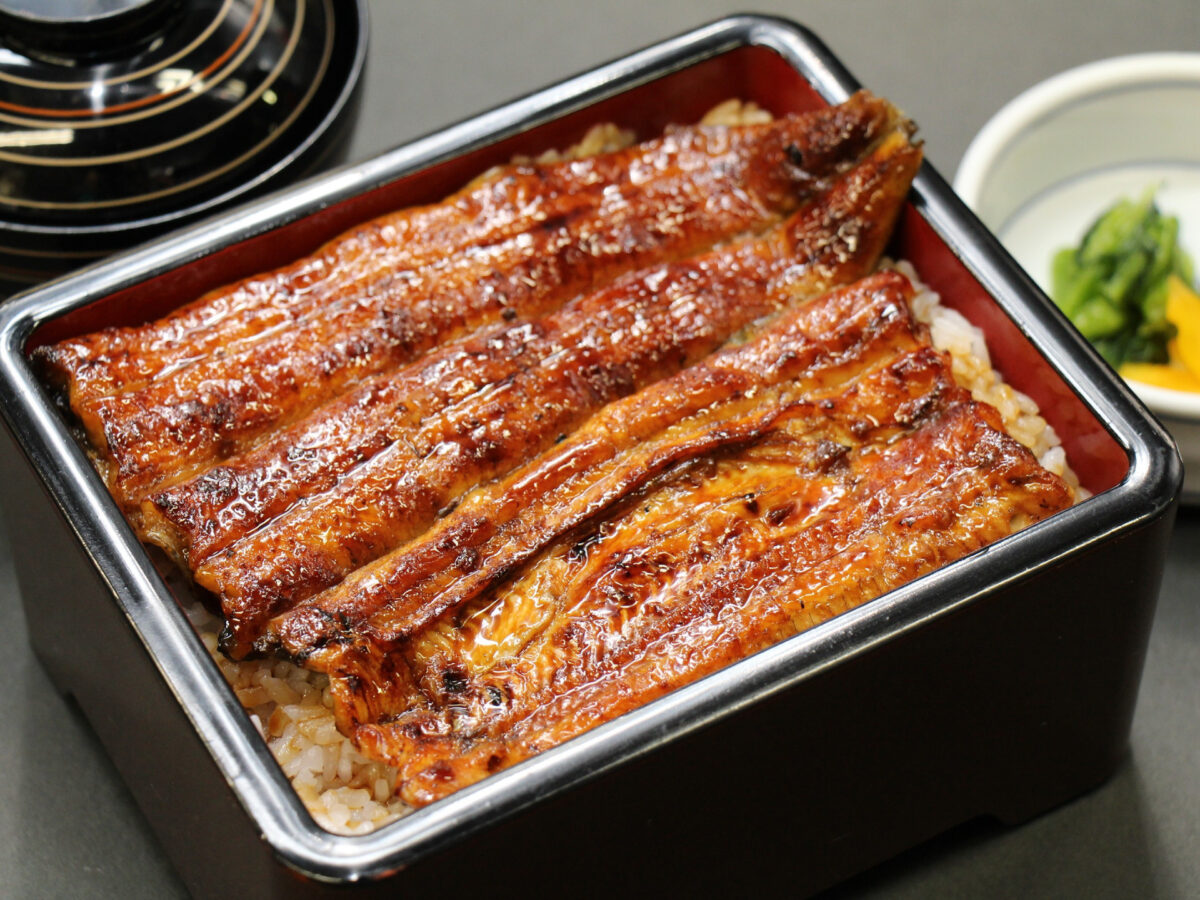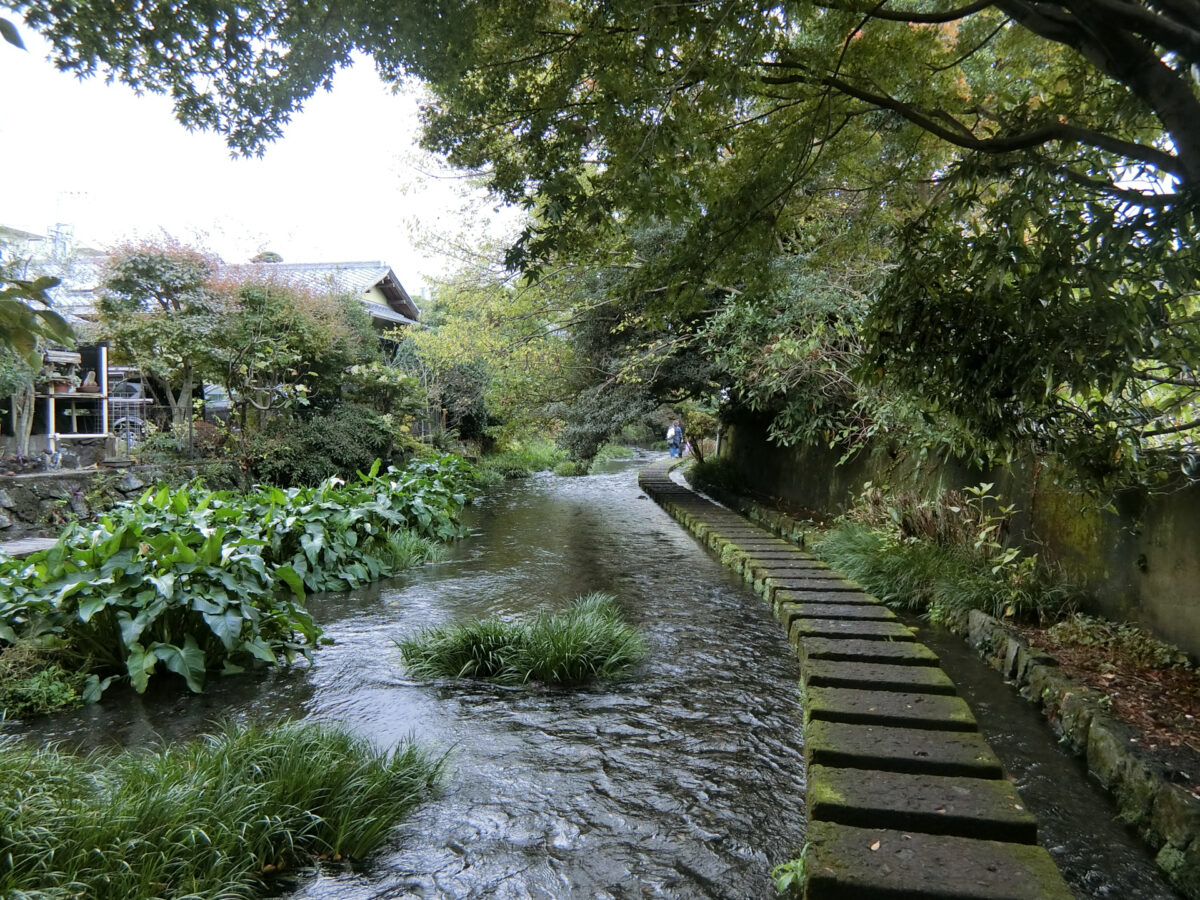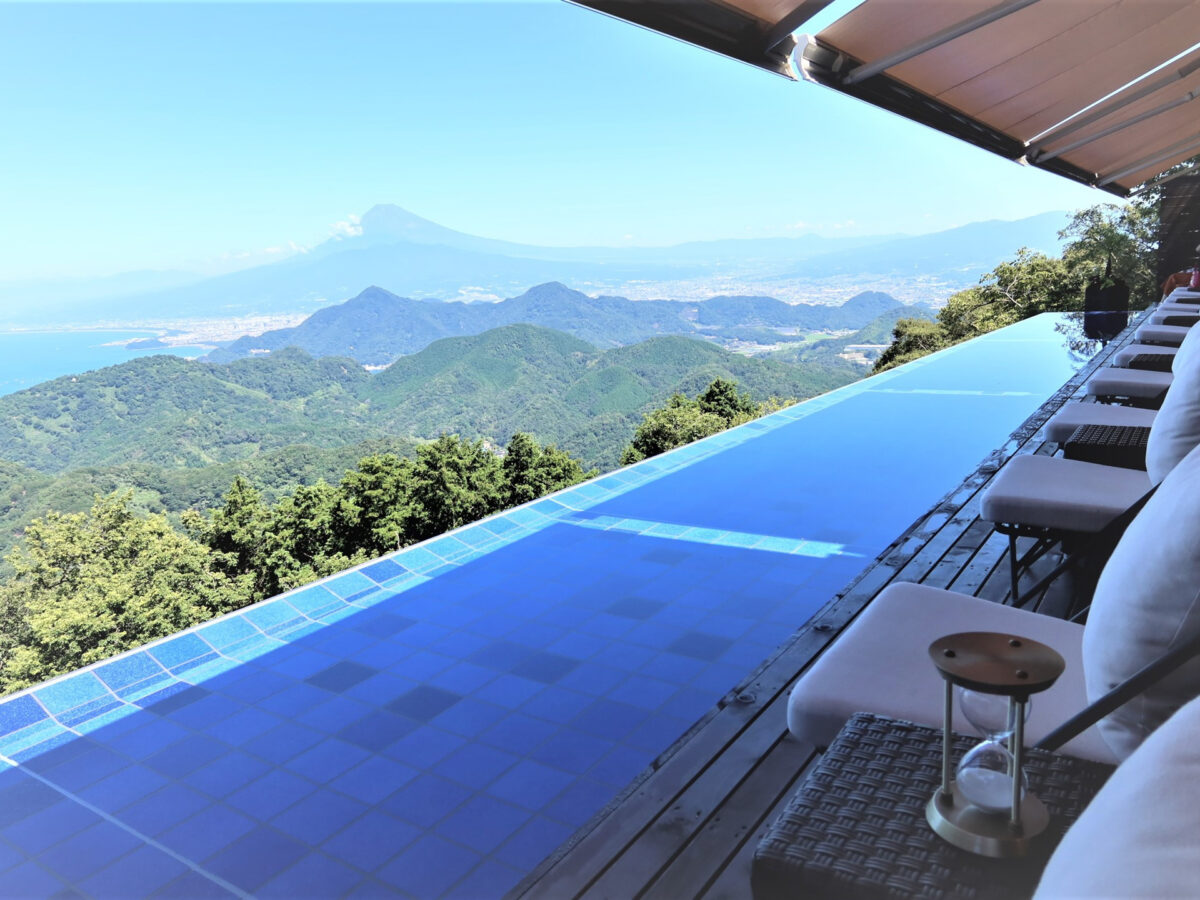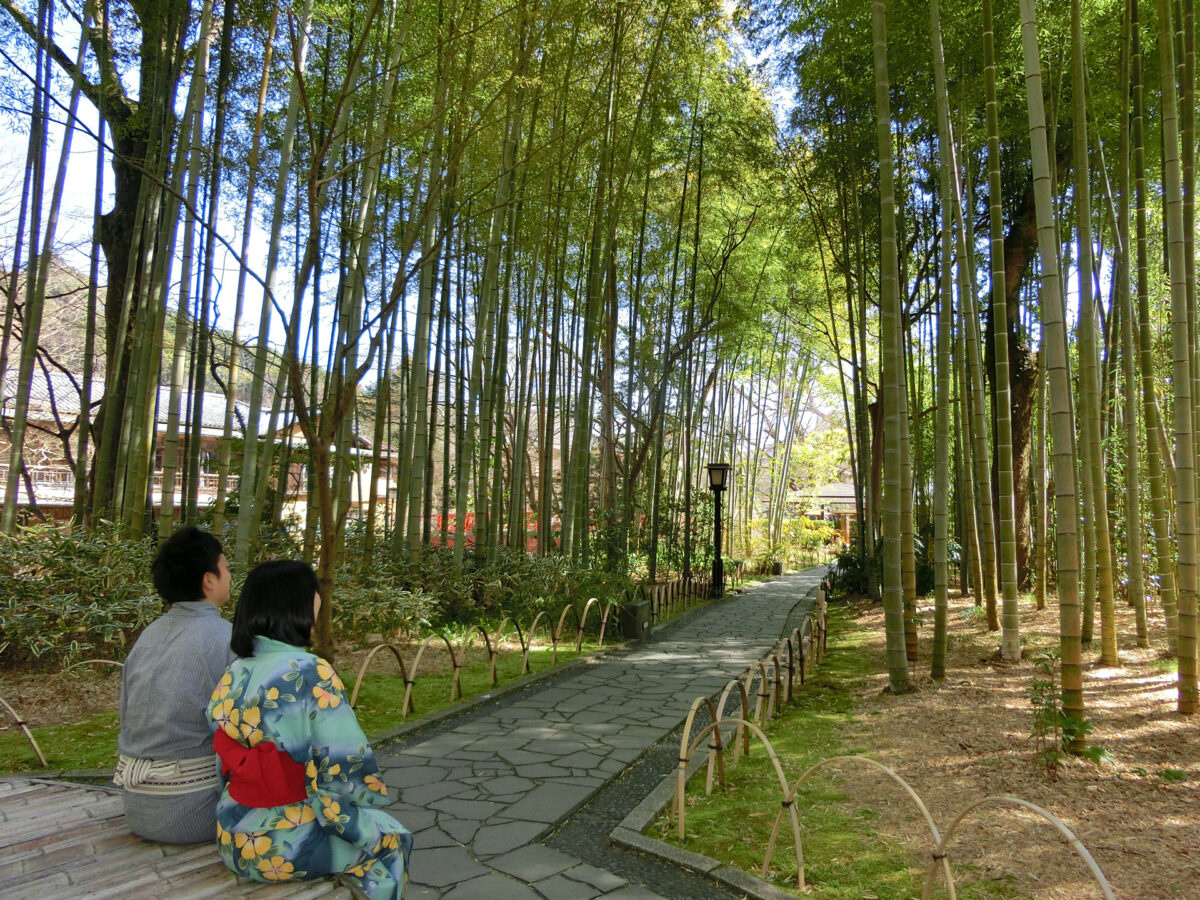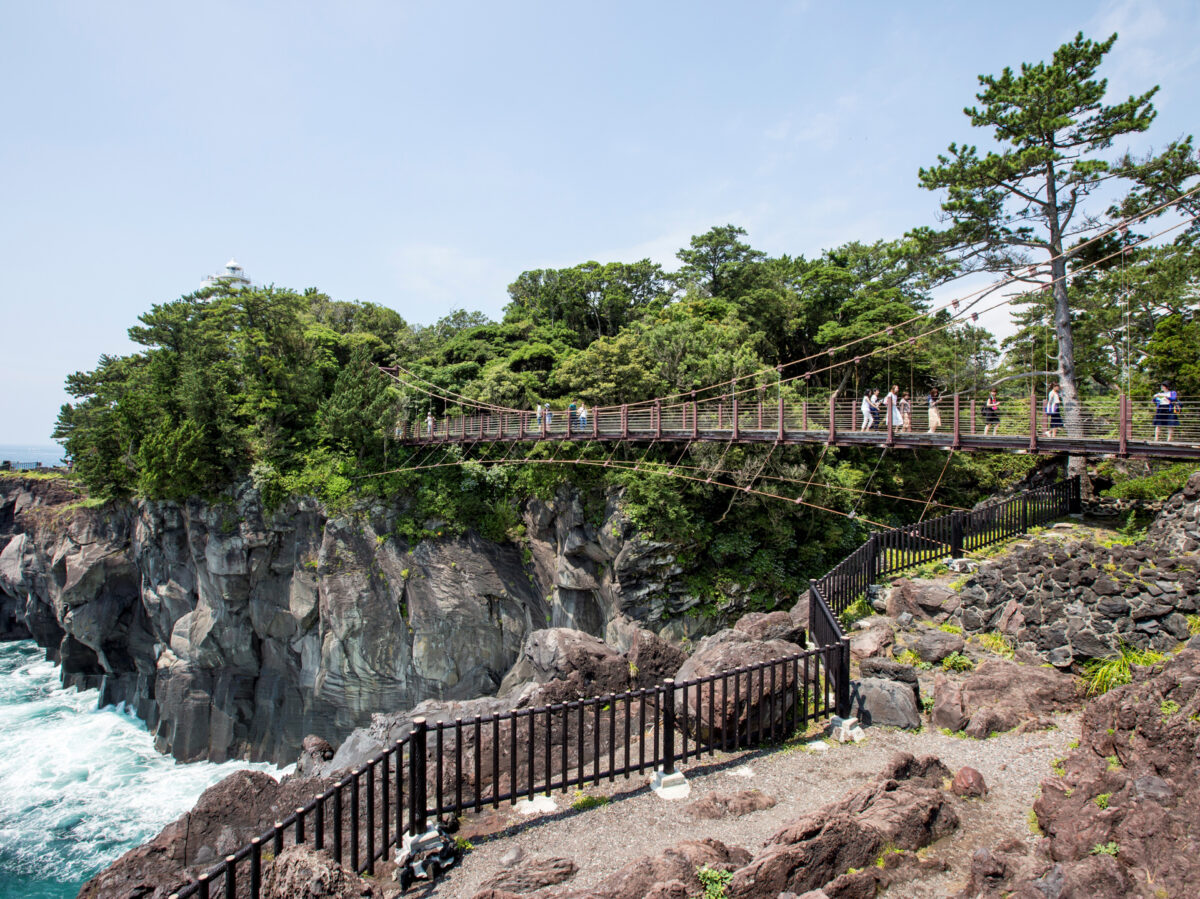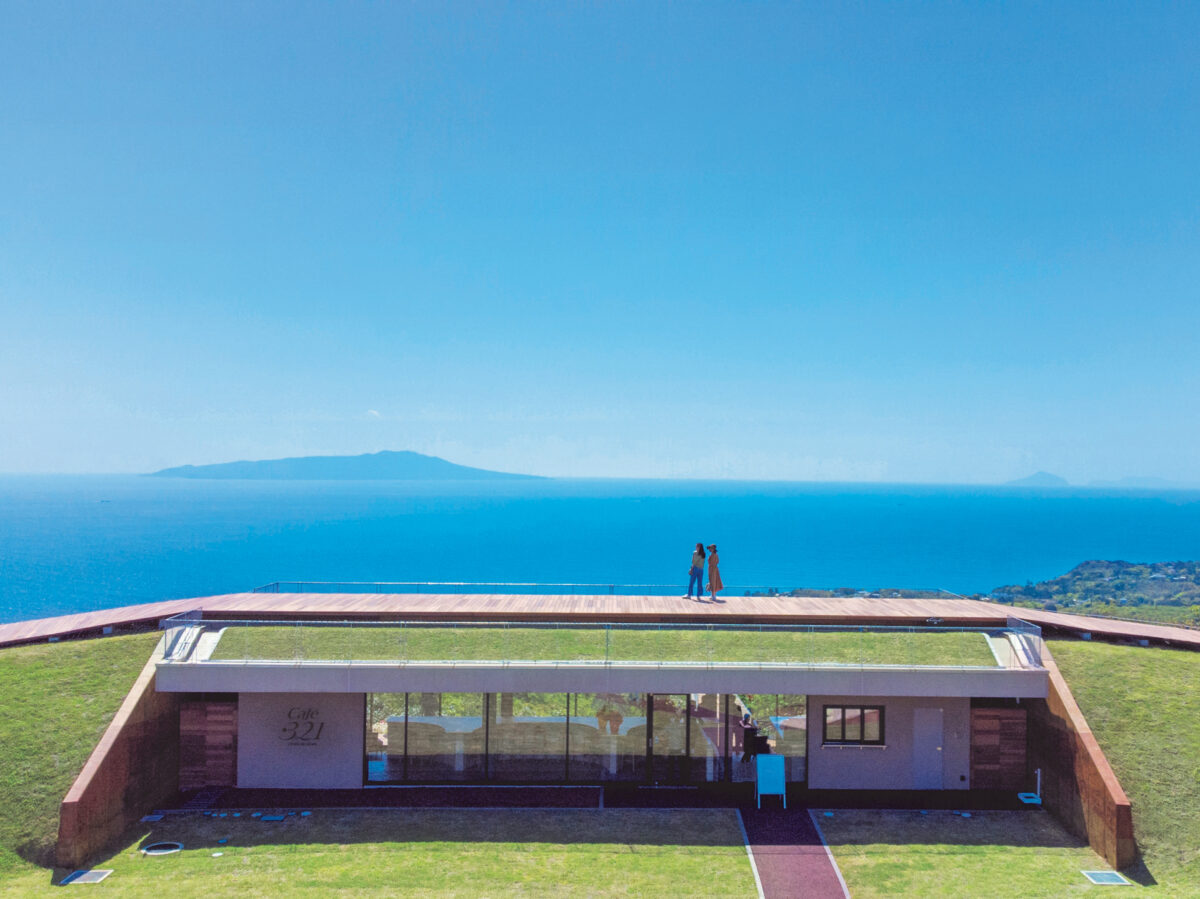| Time of Day | Itinerary | |||||||
|---|---|---|---|---|---|---|---|---|
| 1 | Mishima Station | Mishima Eel | Walk around Genbei River (around Mishima Station) | Izu Hakone Railway | Izu Nagaoka Station | Scheduled Bus | ||
| Walking Distance | Walking Distance | 22 minutes | 15 minutes | |||||
| Izu Panorama Park | Scheduled Bus | Izu Nagaoka Stationk | Izu Hakone Railway | Shuzenji Station | Scheduled Bus | Shuzenji Onsen (Hotel) | ||
| 15 minutes | 15 minutes | 5 minutes | ||||||
| 2 | Shuzenji Onsen (Hotel) | Scheduled Bus | Shuzenji Station | Scheduled Bus | Ito Station (Walking around Tokaikan) | Scheduled Bus | Jogasaki Coast (Suspension Bridge) | Taxi |
| 5 minutes | 55 minutes | 40 minutes | 10 minutes | |||||
| Komuroyama Ridge Walk Misora< | Taxi | Ito Onsen, Yawatano Onsen (Hotel) | ||||||
| 10 minutes | ||||||||
DAY1
Mishima Station
Walking Distance
Mishima Eel
When people think of eel in Japan, the first place that comes to mind is Hamamatsu City, but Mishima is in fact also famous for its eel. Unlike in Hamamatsu, eel is not actually raised in Mishima, but keeping the eel in the subterranean waters of Mt. Fuji for four to five days eliminates the fishy, muddy odors, making the eel very tasty. This is why Mishima eel are famous.
Walking Distance
Genbe River
Seseragi or the murmuring of the river can be heard in every corner of Mishima City, and you can take a leisurely stroll around the tourist attractions. Among these, the Genbe River is a stream formed by the coming together of various springs. You could call it the symbol of Mishima. Stepping stones have been placed in the river along the Genbe River Waterside Promenade, and you can enjoy a “Seseargi Walk” while feeling the clear spring water. In the summer, it is a popular place to relax and enjoy playing in the water.
Izu Hakone Railway 22 minutes
Izu Nagaoka Station
Scheduled Bus 15 minutes
Izu Panorama Park
Izu Panorama Park is a very popular tourist spot where you can enjoy a spectacular view of Mount Fuji, Suruga Bay, and the mountains of Izu. With not only scenic views, but also nature walks, delicious gourmet food, private spaces and athletic fields, this facility is for everyone, young and old.
Scheduled Bus 15 minutes
Izu Nagaoka Station
Izu Hakone Railway 15 minutes
Shuzenji Station
Scheduled Bus 5 minutes
Shuzenji Onsen
Shuzenji Onsen is one of the most famous hot springs in Izu, with many ryokan inns in genuine Japanese style lining both banks of the river. Legend has it that hot spring water gushed forth from the exact spot where Kukai (Kobo Daishi) struck his Dokko (a Buddhist weapon used to crush resentment, expel enemies and destroy evil). This hot spring water continues to come forth at the riverside in the center of the hot spring town even today, and it is both a symbol of Shuzenji Onsen and a representative landmark of the hot spring town Shuzenji. Many of the inns are authentic Japanese-style inns built in the Sukiya-zukuri style and have magnificent gardens. Combined with the historical sites wrapped in greenery, this hot spring resort exudes a tranquil atmosphere. Also beloved by the author Natsume Soseki, it is very popular among Japanese people.
DAY2
Scheduled Bus 5 minutes
Shuzenji Station
Scheduled Bus 55 minutes
Ito Station (Walking around Tokaikan)
Scheduled Bus 40 minutes
Jogasaki Coast
The Jogasaki Coast has a complex topography created by lava flowing into Sagami Bay. The northern part of the island, near Cape Kadowaki, is a good place to see the structure of lava flows and the mechanism of land formation. From the suspension bridge, you can see the columnar joints that formed as the lava cooled, as well as the process by which the lava flowed while destroying the already cooled and hardened surface layer.
Taxi
Komuroyama Ridge Walk MISORA
The Komuroyama Ridge Walk “MISORA”, which offers spectacular 360° views across ocean and land, opened on the summit of Mt. Komuro within the Fuji Hakone Izu National Park, – known for its impressive displays of gorgeous azaleas in spring. The loop-shaped promenade, at 321m above sea level with a total length of 166.3m, provides vistas of Mount Fuji, Sagami Bay, the Boso Peninsula, the Seven Islands of Izu and the Amagi Mountain Range. An onsite café with observation deck serves a delicious selection of refreshments.
Taxi
